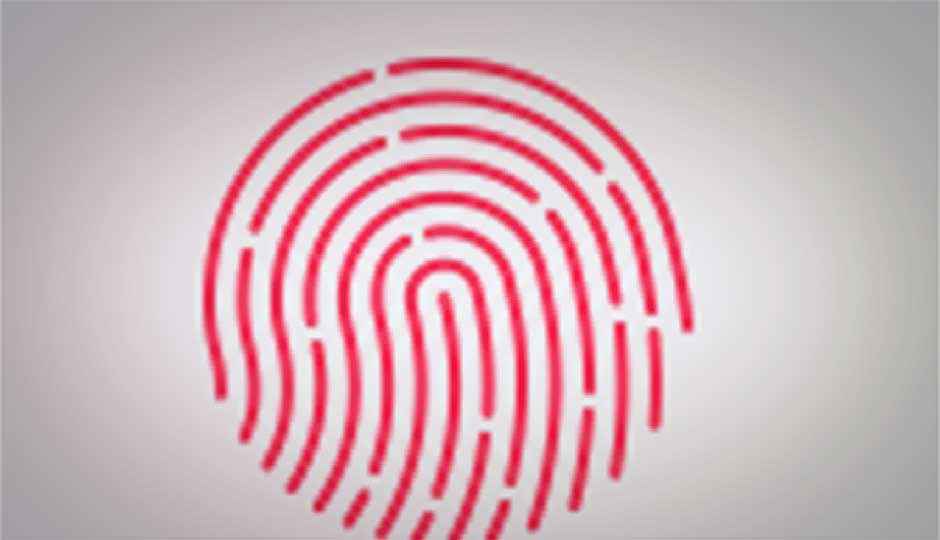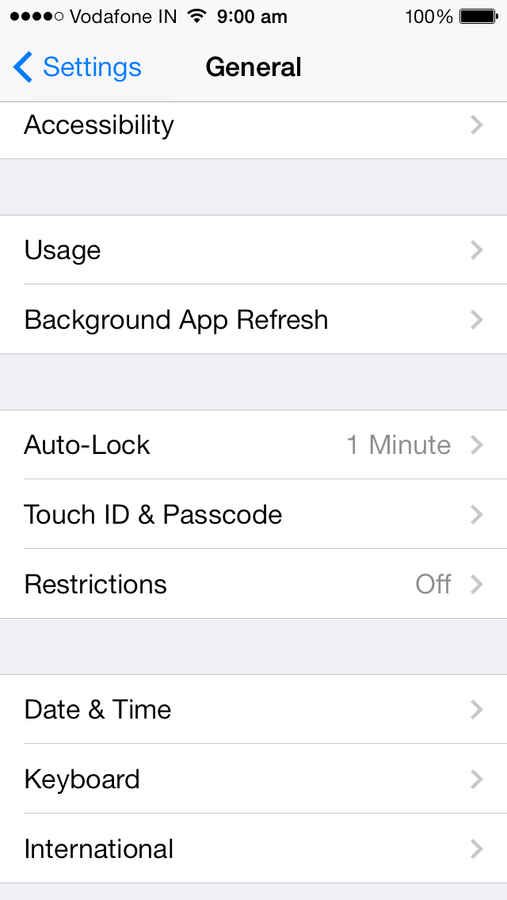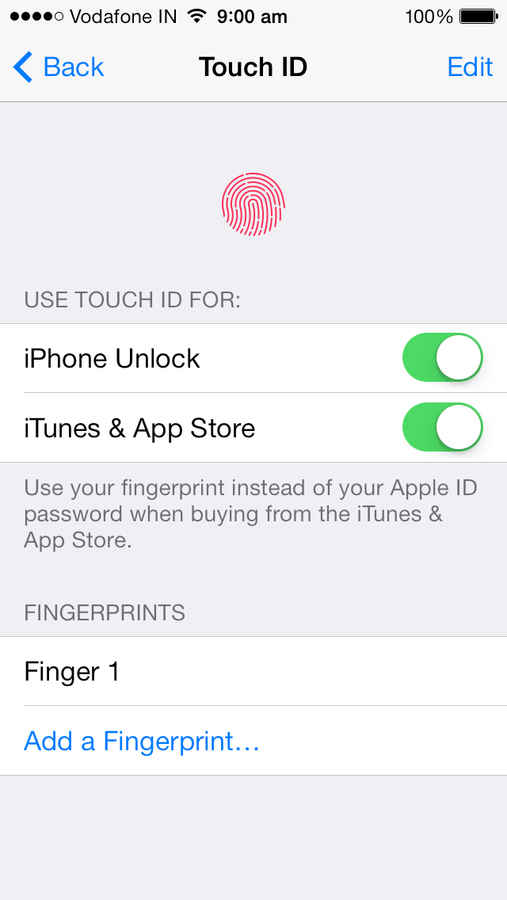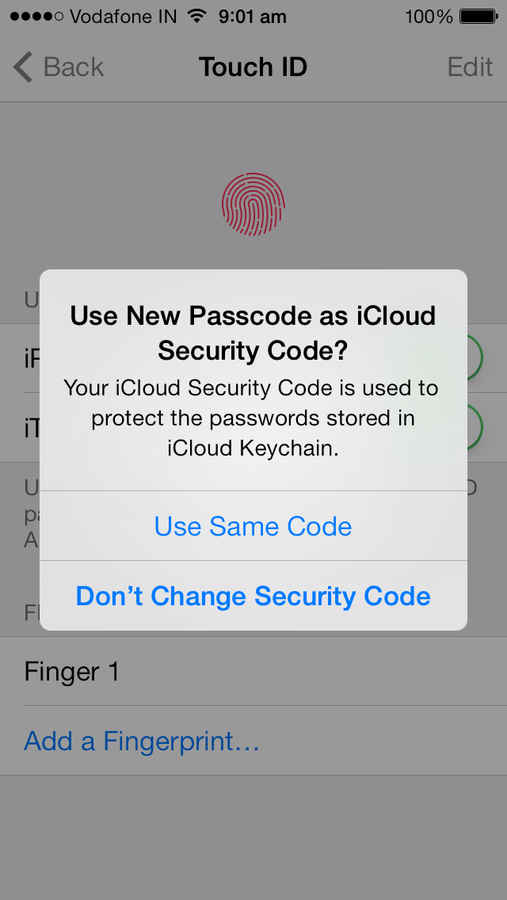Touch ID on the iPhone 5s: A Good start, but a long way to go
Touch ID is claimed to be one of the special features of the iPhone 5S. But, for all its potential, it will stay under-utilized, till third party apps integrate the feature.

Apart from the usual upgrades in terms of the power package, the iPhone 5S has one rather unique feature – Touch ID. Simply put, this is the fingerprint sensor that is an additional security layer for your phone when it is locked, or when you may be making transactions on iTunes. You can unlock the iPhone 5S with the registered fingerprint, and not have to punch in a four digit passcode every time. Pick up the phone, press any hardware key to awake the display, let your finger rest easy on the scanner (also known as the Home Button to the rest of us!), and voila. This all takes about 2 seconds, and is definitely a lot more convenient than punching in a code every single time.
 Survey
SurveySecondly, the Touch ID sensor can also be set as the authentication method for the App Store. Whenever you may tap on “Free” or “Buy” on any item in the App Store, you are typically asked for your iTunes password. If you have enabled Touch ID for iTunes (in the Settings -> General -> Touch ID & Passcode), you can scan your fingerprint to authenticate a transaction or even a free app download, without having to bother with the iTunes account password.

At the time when you are setting up your new iPhone, you will be prompted to set up the fingerprint scanner. You can set up to five fingers to be used with Touch ID. If there are multiple people using the same phone, this is a rather convenient aspect. However, I did notice that the scan time did increase, marginally, if you have more than one print registered. But, that isn’t really a major problem. Its important to note that the passcode still remains in the mix, and is a parallel method along with the sensor. It’s a smart choice to have. What if you are walking around in extremely cold weather? You surely cannot be expected to take the gloves off to scan the fingerprint!
The Touch ID sensor communicates directly with the registered fingerprint on the A7 chip, and that is locked away so that apps that don’t have authorization do not have access to it. This is also registered with that particular iPhone, so no chance of it ending up on iCloud.
.png)
The Motorola Atrix tried its hand at this feature quite some time back, but failed miserably. It eventually turned out to be an example of how not to implement a fingerprint scanner – it was inconsistent, and the back mounted sensor didn’t make it any easier for users. However, the fact that the HTC One Max has the same sensor at the back just means that the design philosophy isn’t going away anytime soon. But, by tweaking the design of the home button and integrating the sensor there itself, Apple has reduced one potential step – of the finger searching for the sensor, if it were to be placed somewhere else.
However, coming back to the iPhone 5s’s Touch ID, the biggest fear always had been about how consistent the sensor would be. For all the time we have been using this feature, not a single time have we faced a situation where the sensor didn’t detect the print from the finger resting on the home key. Every time, the response is prompt and precise – be it unlocking the phone or be it verifying a purchase on the app store.
But, at the moment, that is all you can do, with a feature as smooth as this. The real stuff will happen once third part apps start utilizing this feature. The potential is endless, but from an India perspective without the payments structure being in the mix – Touch ID to sign into Facebook or Touch ID to log me into Gmail or Instagram are still decent features to have. There are a lot of possibilities, starting with doing away the task of tapping in the password for every single app download. Also, if it is a single user phone, and most are, how about different fingers to launch different tasks on the phone? One finger unlocks the phone. The second finger to take you straight to the email app. The third finger can be set for FaceTime etc.
Just like with the motion co-processor, the Touch ID feature is a massive upgrade. But, the current usage isn’t enough to justify an upgrade, till the time you can use the fingerprint to authenticate a lot more apps and tasks. And that will certainly happen, as third party app developers get round to updating the apps with this feature.

